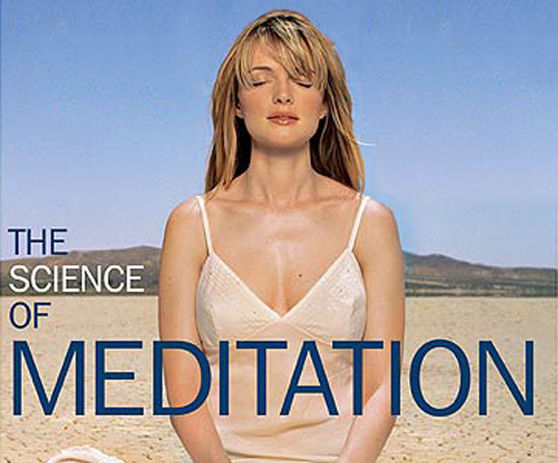
Uniqueness of the Transcendental Meditation technique
The uniqueness of the outcomes of the TM technique may have something to do with the mechanics of the practice of the technique itself says Dr. Barnes. "Meditation practices are different from each other and therefore produce different results. And this is a very important consideration when evaluating the application of meditation as an alternative and complementary medical approach."
A paper in Consciousness and Cognition* discusses three categories to organize and better understand meditation. See Are all meditation techniques the same?**
The two common categories are focused attention, concentrating on an object or an emotion, like compassion; and open monitoring, being mindful of one's breath or thoughts, either contemplating the meaning of them, or just observing them.
Transcendental Meditation*** uses a different approach and comes under the third category of automatic self-transcending, meditations that transcend their own activity.
The TM technique does not employ any active form of concentration or contemplation, but allows the mind to effortlessly experience the thought process at more refined levels until thinking comes to a quiet settled state without any mental activity. The mind is awake inside and the body is resting deeply, a level of rest much deeper than deep sleep. It is this state of restful alertness that allows the body to make the necessary repairs to rebalance its normal functioning. This cumulative process resets the physiology and shows up as reduced symptoms of cardiovascular disease and improved health.
*http://dx.doi.org/doi:10.1016/j.concog.2010.01.007
**http://www.eurekalert.org/pub_releases/2010-07/muom-aam071910.php


